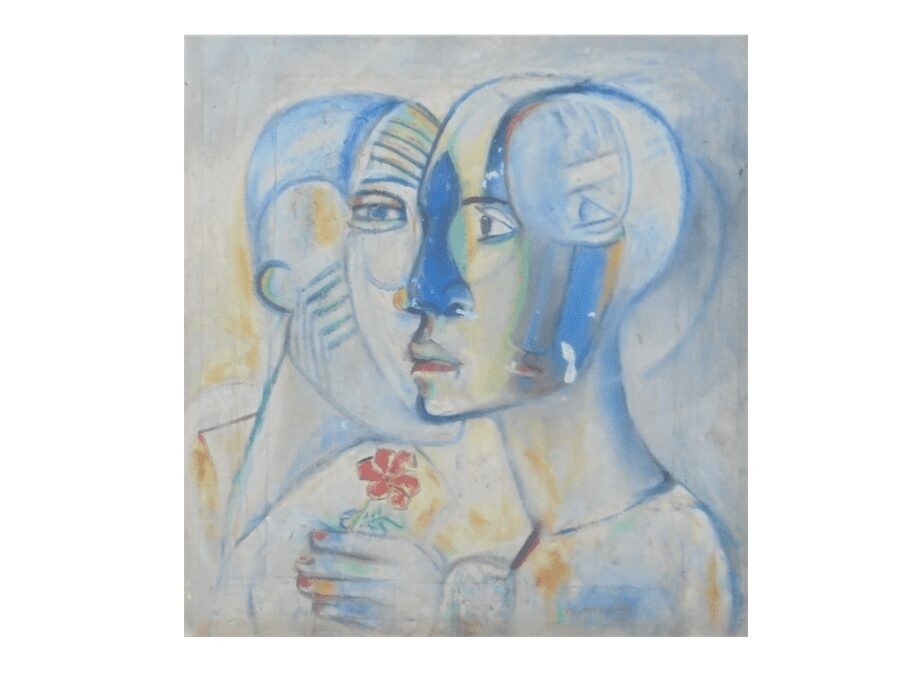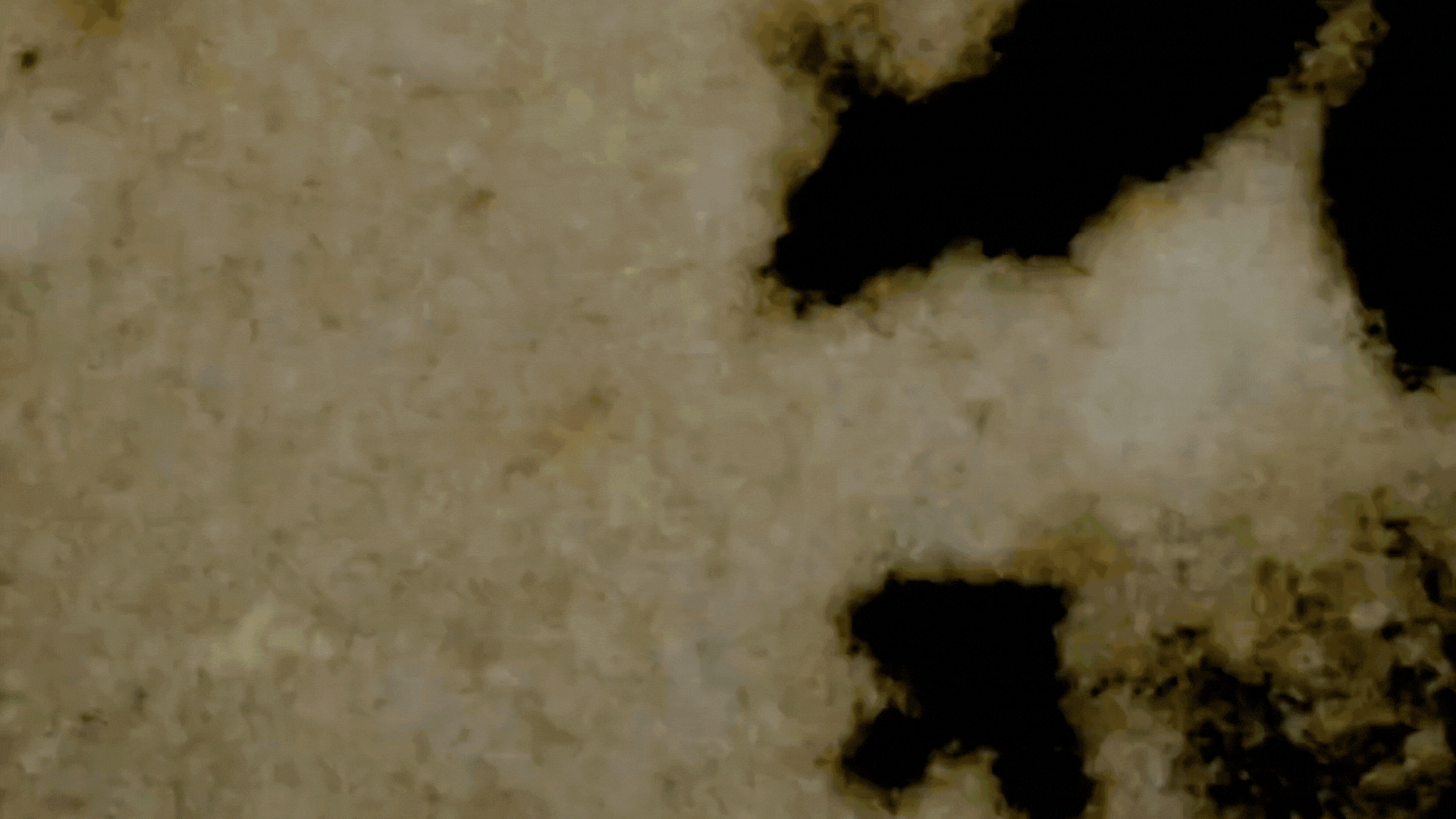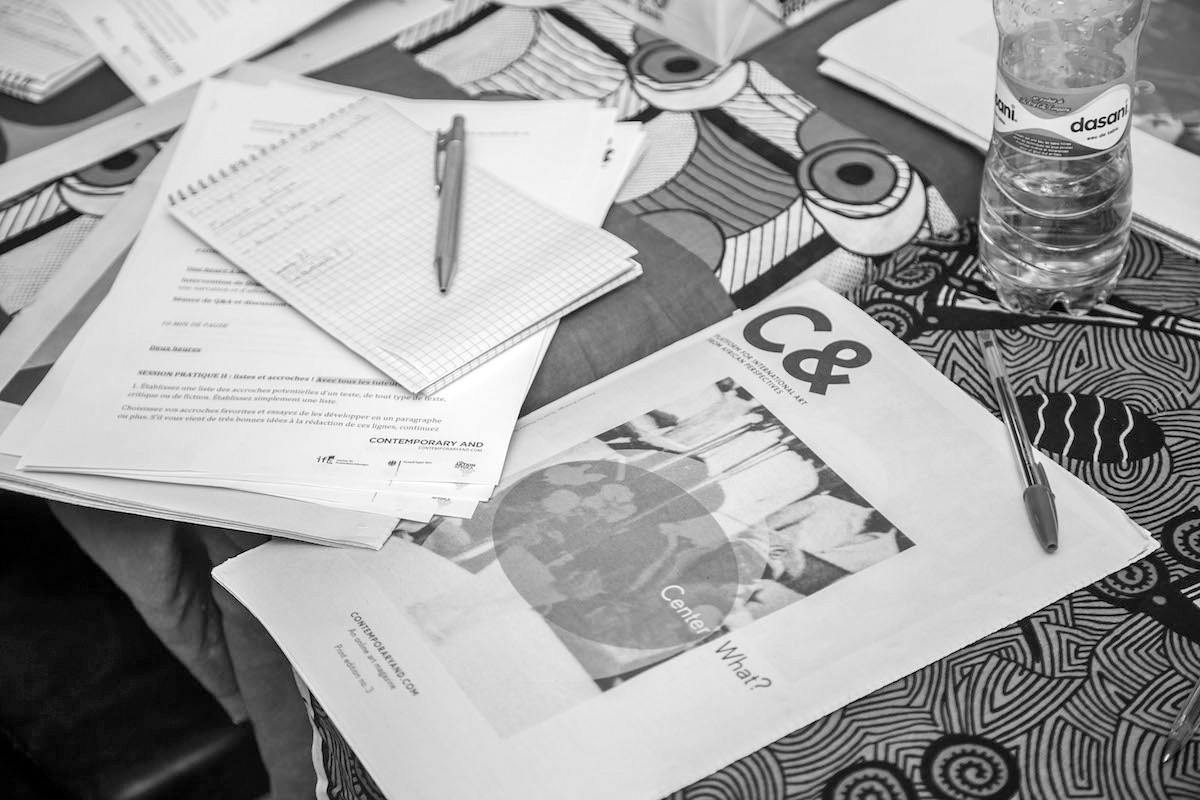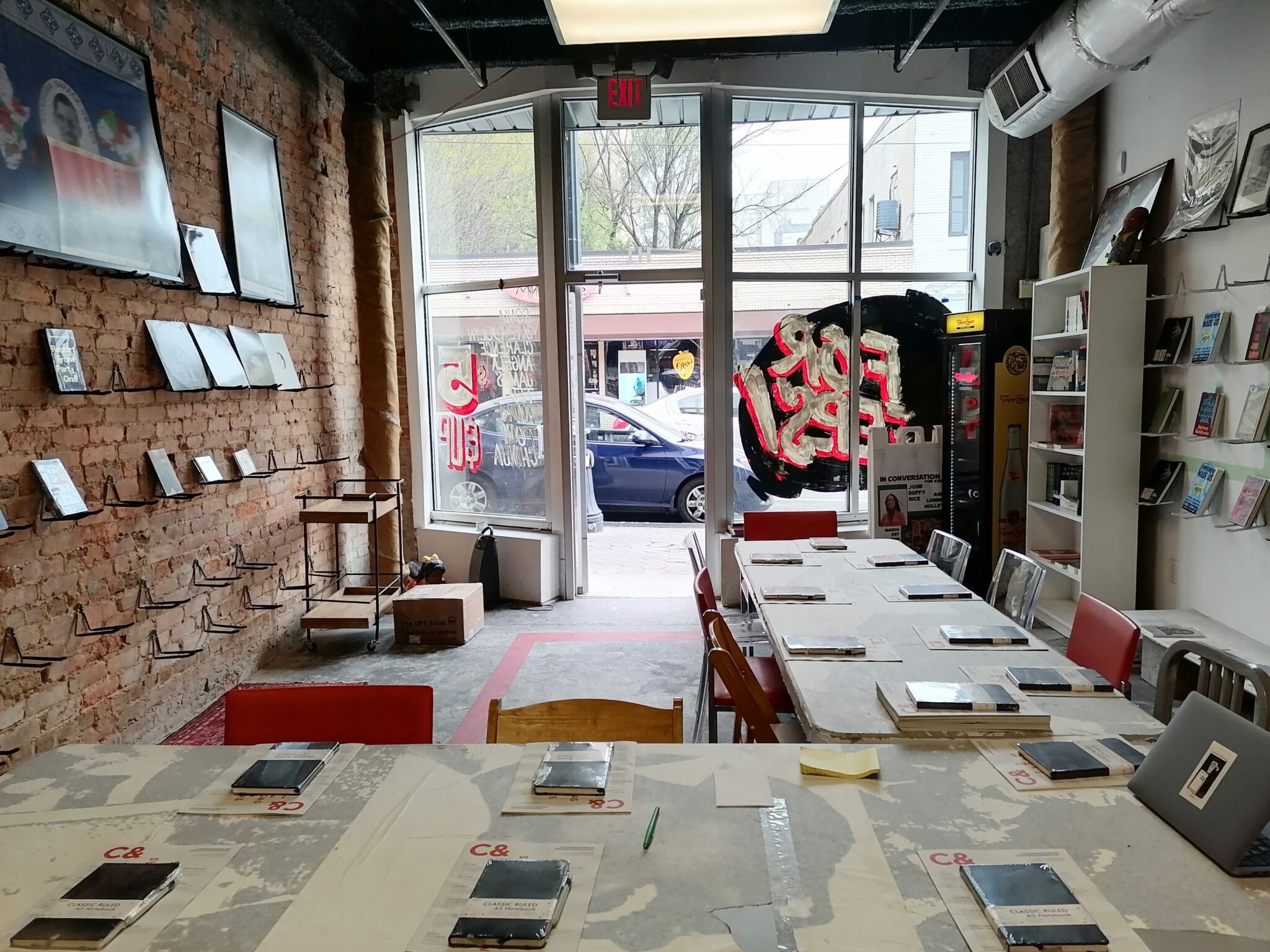A Lifetime Shaping Art and Education in Uganda

14 August 2018
Magazine C& Magazine
4 min read
Contemporary And (C&): Tell us about how your artistic practice started. When did you realize you had the role of an artist? Francis Nnaggenda: I was introduced to paper and pencil when I started primary school in the 1940s. As I did homework, I decorated each page with an image and my teachers punished me …
Contemporary And (C&): Tell us about how your artistic practice started. When did you realize you had the role of an artist?
Francis Nnaggenda: I was introduced to paper and pencil when I started primary school in the 1940s. As I did homework, I decorated each page with an image and my teachers punished me because they thought I was wasting the book. At that point, I wasn’t aware of what exactly I was doing, but it was an active instinct in me. I went on like that until I was introduced to pencils and art as a subject in school.
Eventually, I realized that art can be a profession. I started sneaking into art classes held at Margaret Trowell School of Industrial and Fine Art (MTSIFA) at Makerere University. I was always disguised when I stood at the easel and whenever Professor Cecil Todd came closer I was scared that he was going to discover that I was just sneaking in.
C&: Tell us about your experience teaching and working at universities in Nairobi, Indiana, and Makerere.
FN: At the University of Nairobi I was given a very nice office but I refused it and asked for a smaller space that would permit me to do practical work. My students were more into theory than practical work, so I had to persuade them to like the studio by telling them to buy chisels and other tools. While there, I was invited to teach at the University of Indiana as a visiting professor and that was my first appointment as a professor. After serving my term, I came back to the University of Nairobi and joined the Institute of African Studies. I continued to lecture and to demonstrate to students the different possibilities and mediums of making sculpture.
I got a job as a lecturer at Makerere University from 1979 to 1980. Eventually I was promoted to Senior Lecturer, Associate Professor, and to Professor. I remained there until 2006, which was when I left Makerere University. I first joined Makerere at a time when there was an embargo on materials to enter the country, so I encouraged my students to work with handmade tools. They had never seen anything of this sort but the evidence was in the books. I told them about our ancestors who carved stone, wood, ivory, bronze, etc. without using European machines. Due to the scarcity of materials, I switched to wood and encouraged my students to carve wood which was available everywhere on the campus. I was interested in learning how to win the students because some of them were very reluctant regarding the carving of wood.
C&: What inspires your creativity as an artist?
FN: I am a dynamic person and respond to situations around me in a dynamic way. I don’t have a particular style. Each of my artworks stands independently as a response to a particular situation or feeling. But most of the time I am fascinated and interested in the complexity of human nature.
I am concerned with the growth of Africa today. We need to work very hard to empower our people. I made very large sculptures which were not easy to transport abroad, so that our students and anyone else in Africa could have references.
C&: You have taught art in Uganda at many levels. What is your comment on the current artistic education in Uganda and what tips would you give those who are still in the system?
FN: Education, just like any other thing in Uganda today, is declining and it makes me sad for the young people who reach university level. It’s not because people don’t have brains but because of the system.
As a teacher I had to inculcate my students with becoming self-reliant and hardworking. I didn’t like a student being lazy because I knew what lay ahead of him or her. I wish for my country to have able people. For this to happen, we need to have a heart for Africa. I do not have any tips. All I have to say is that people need to be sincere.
Martha Kazungu is a curator and writer from Uganda. She is currently pursuing a master of arts in African Verbal and Visual Arts at Bayreuth University, Germany.
Read more from

On Ghosts and The Moving Image: Edward George’s Black Atlas

Confronting the Absence of Latin America in Conversations on African Diasporic Art

On Exile, Amulets and Circadian Rhythms: Practising Data Healing across Timezones
Read more from

Critical Writing Workshop

C& Critical Writing Workshop will take place in Rio de Janeiro
